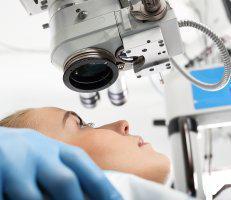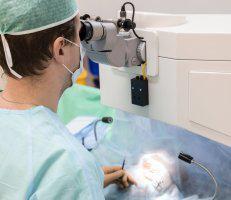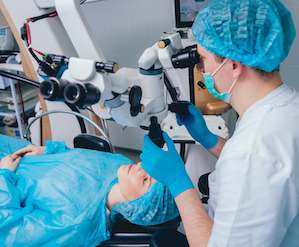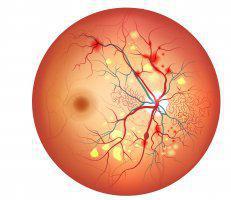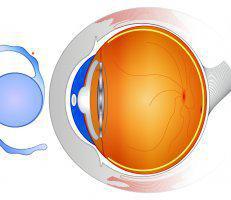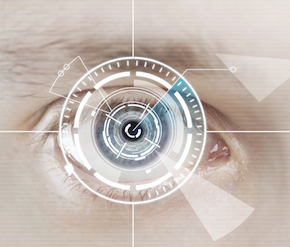An abbreviation for laser in-situ keratomileusis, the LASIK procedure uses one or two lasers to correct astigmatism, nearsightedness, or farsightedness by reshaping the corneal tissue of your eye. Just as an optician forms an eyeglass lens into a precise shape to bend light, so does your surgeon reshape your cornea to accomplish the same goal. However, with successful LASIK surgery, you’ll no longer need to wear glasses or contacts, since your vision correction is “built-in.”
The LASIK procedure is not the first corrective eye surgery to use lasers, but it’s the first that didn’t require eye tissue to be removed completely. The “in situ” part of the LASIK acronym means “in place.” The LASIK procedure uses a flap cut into the cornea, either using a fine metal blade or a femtosecond laser – often called “blade-free” LASIK.
A computer-controlled excimer laser, programmed to your precise corrective prescription, then reshapes the inner corneal tissue. The flap is then closed and since your cornea remains in one piece, recovery time is much faster than other techniques.




